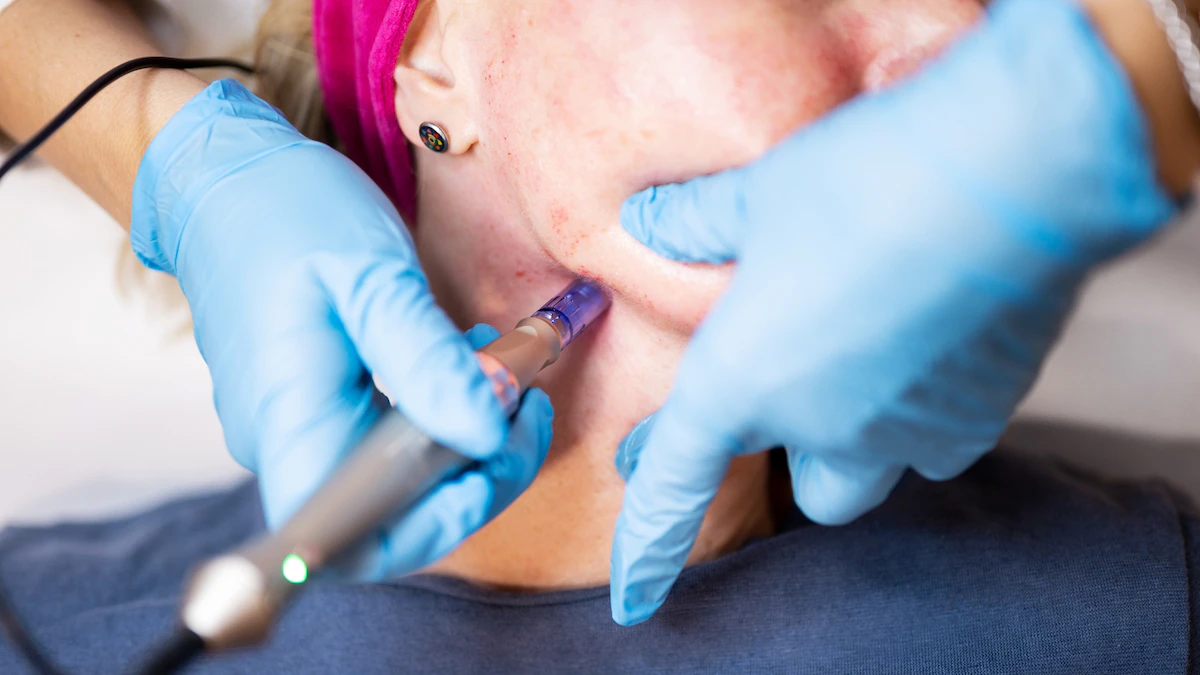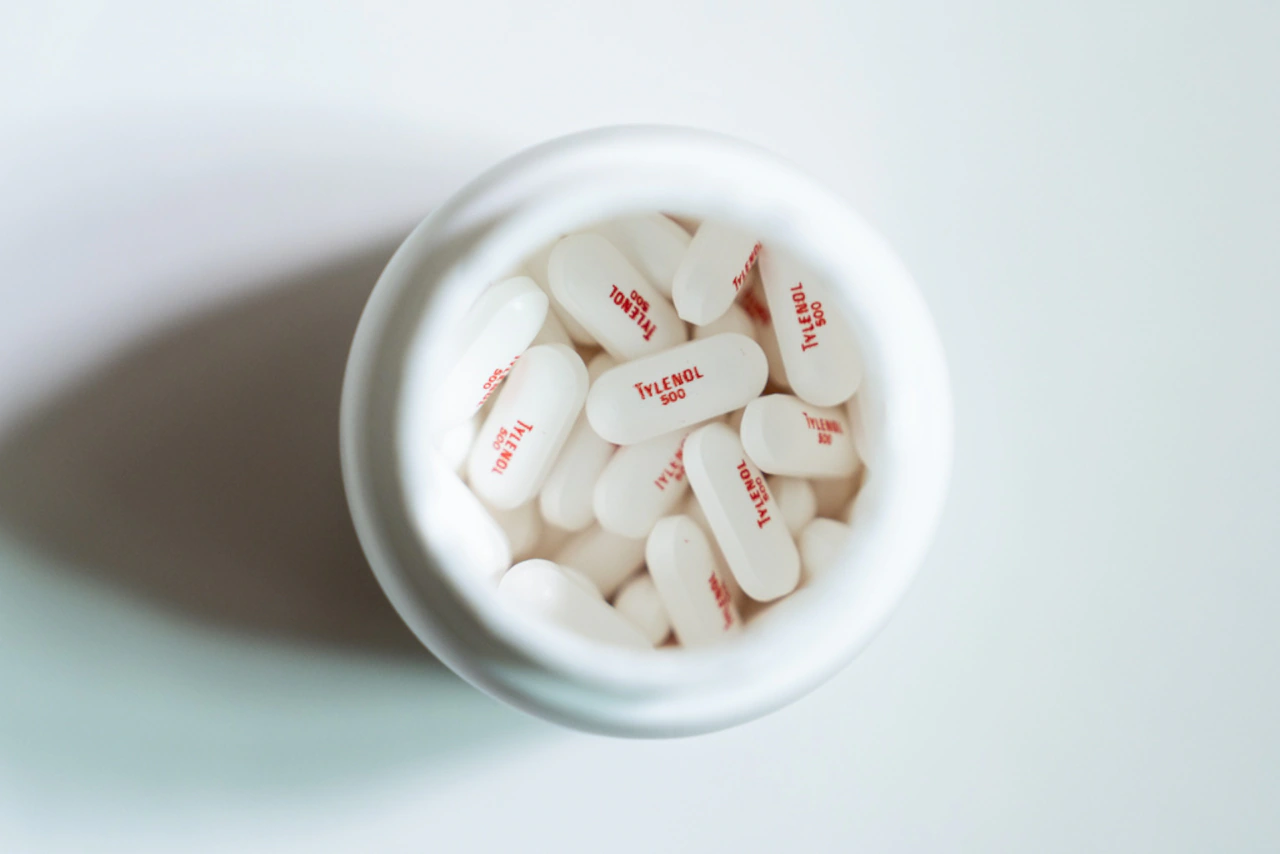
Described as the equivalent of “microneedling in a bottle,” exosome serums are all the rage right now in the skincare world. Experts and skincare enthusiasts on TikTok claim serums containing these messenger cells—which can be harvested from human and plant sources and biomanufactured by skincare companies for topical application—promote skin healing and increase collagen production while reducing pigmentation and inflammation.
(Snail mucus is a skin care phenomenon—but does it really work?)
At the same time, some dermatologists caution against the use of exosomes in skincare due to safety concerns and a lack of evidence around their effectiveness. Here’s what you need to know.
What are exosomes?
Often referred to as messenger cells, exosomes are tiny, bubble-like sacs secreted by most types of cells. They are used to store, transport, or release molecules such as proteins, lipids, mRNA, and microRNA, helping to control how cells behave and how they communicate with each other.
Discovered in the 1980s (the term was first used in 1987), exosomes were initially regarded as cell waste. It took about a decade for scientists to realize their active role in cell function and communication.
“It’s like a cargo of goodies that also has instructions,” says Robin Smith, doctor of regenerative medicine at skincare brand Exoceuticals, using a delivery truck as an analogy for how the nano-sized particles work. “It goes to someone’s house, it drops off the packages, and it has the instructions in it that tell you how to use what’s in the package.”
Some exosomes can be harmful, says Saranya Wyles, director of regenerative dermatology at Mayo Clinic, “like if it’s coming from a cancer cell or an inflammatory cell. [But] if it’s coming from a regenerative cell like the platelet, it can have positive regenerative cues.”
Research is ongoing to determine if there are ways to boost exosomes naturally, Wyles says—with interventions such as a balanced diet, regular exercise, quality sleep, and stress reduction to lower inflammation and support natural cellular communication.
Yet there are currently “no proven methods” to do so naturally, Smith says, which may be what makes exosome skincare products so tempting. Any supplements—of which there are many sold online, without approval from the U.S. Federal Drug Administration—claiming to increase exosome production in the body are unsupported.
How are exosomes used in skincare?
Exosomes applied via skincare products are thought to be beneficial because when they occur naturally in the body, they “signal to the cells what they need to be doing differently or better,” Smith says, for instance, “making more collagen, making more hyaluronic acid, [and] more elastin so that the skin barrier gets stronger to hold in moisture and reduce wrinkles.”
(Should you start slugging? Inside the hottest trend in skincare.)
Because most cells secrete exosomes, they can be sourced from a wide variety of cultures, including human tissue (commonly fat tissue, platelets, or stem cells), plants such as cica or green tea leaves, and fruits such as grapefruit or watermelon. The cheapest serums on the market use plant-derived exosomes, whereas the most expensive products—typically around $250 for a 30ml bottle—contain human-derived exosomes.
Wyles explains that human-derived exosomes are biomanufactured using cells sourced via FDA-compliant blood banks or registries. The source cells are placed in an incubator and coated with a liquid medium, then purified and freeze-dried to create a powder.
“Whatever those source cells are secreting, they’re going into this ‘soup,’” she says. “What the skincare industry started to do was to collect this soup and then distill it down to make skincare products from the powdered product.”
Is there evidence to support the benefits of exosomes?
While academics acknowledge that exosomes are a “relevant and intriguing” topic in healthcare, and a 2023 research review concluded that they have a ”promising” future regarding dermatology, evidence for the effects claimed by skincare companies is limited and mostly comes from animal studies, the results of which can’t be generalized to humans. A 2017 study found that injecting exosomes decreased the size of scars in mice, while a 2020 study, also using mice and injected exosomes, found a “significant improvement in epidermal barrier functions.”
(Anti-aging peptide injections are the latest wellness trend—but do they work?)
In terms of human evidence regarding topical exosomes, though, there are “very few studies out there,” says Wyles, who published a study in 2024 looking at the use of topical platelet-derived exosomes on 56 human adults. After 12 weeks, 87.3 percent of participants reported an improvement in facial skin aging, including, Wyles says, “redness reduction, skin rejuvenation, overall photo damage, and pigmentation.” Histological results, where cells are examined under a microscope, also revealed an increase in collagen thickness.
Jordan Glenn, head of science at SuppCo, notes the study had several limitations that make it hard to draw strong conclusions—mainly that there was no placebo or control group. “We can’t say for certain whether the observed improvements were due to the exosome product itself or simply to natural skin changes over time or participant expectations.” The participants knew they were using the product, which “raises the risk of bias in the self-reported results,” while the histology results don’t necessarily translate into functional improvements in the skin.
Additionally, due to the relatively small sample size, it’s not possible to detect real effects with statistical confidence. “Overall, this is promising, but [it’s] preliminary work that should be followed by controlled, blinded studies to confirm the results,” says Glenn.
A crucial question with cutting-edge skincare ingredients is whether they are able to penetrate the skin barrier when applied topically. Glenn says there is growing evidence that nano-sized exosome particles can deliver their “cargo” deep enough to be effective. “A 2024 review highlights early human data showing improvements in fine lines and wrinkles, skin elasticity and viscoelasticity, texture, thickness, and even accelerated wound healing. The research is still limited, so we’re early in understanding the full potential, but the signal is promising.”
Overall, Glenn believes exosomes have great potential and will eventually become “ubiquitous” in the beauty and supplements industries. But right now, he says, there’s not enough clinical evidence to make these skincare products worth the investment.
“I think we’re about five years away from really seeing substantial evidence that justifies the price point, because they’re expensive,” he says. “I want to see the science get a little further before I’m willing to pay for it.”
Are there any safety risks with topical exosomes?
The FDA classifies human-derived exosomes as biologic drugs and has not approved their use in any medical therapy or aesthetic treatment, such as microneedling or injectables. The organization has issued warnings to clinics violating these rules, but exosomes can legally be used in topical skincare products as long as no medical claims are made.
Exosomes exist in the “gray zone” of regulation, Wyles says. Plant-derived products are generally considered safer because there’s no risk of transmitting human pathogens, whereas with products from human sources, “you have to be very careful how they’re cultured and what they’re cultured in.”
Screening is required to ensure donor samples are free from diseases, stringent manufacturing processes are needed to prevent bacterial contamination, and the final product should be tested for sterility. “We test [our donor samples] as if they were going to be used for a bone marrow transplant,” Smith says. “We test them for every possible thing, infectious disease or otherwise.”
However, because exosomes aren’t FDA approved, testing and quality control techniques aren’t regulated across the industry. As a 2021 review points out, there’s “no gold standard,” so the level of screening can vary, and there’s also no guarantee of purity or potency.
A skincare serum is a bit like a bag of mixed nuts, where each active ingredient is a different nut, Wyles says. “Exosomes are like the pistachios,” she says. “A lot of skincare companies take this bag of mixed nuts and market it to you like it’s a bag of pistachios, but you can’t verify what’s actually the [proportion of] exosomes.” She advises consumers to carefully research how a company sources and tests its exosomes before buying or using any skincare product.



